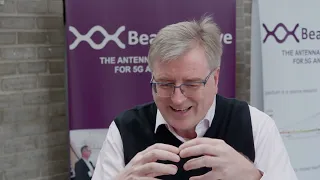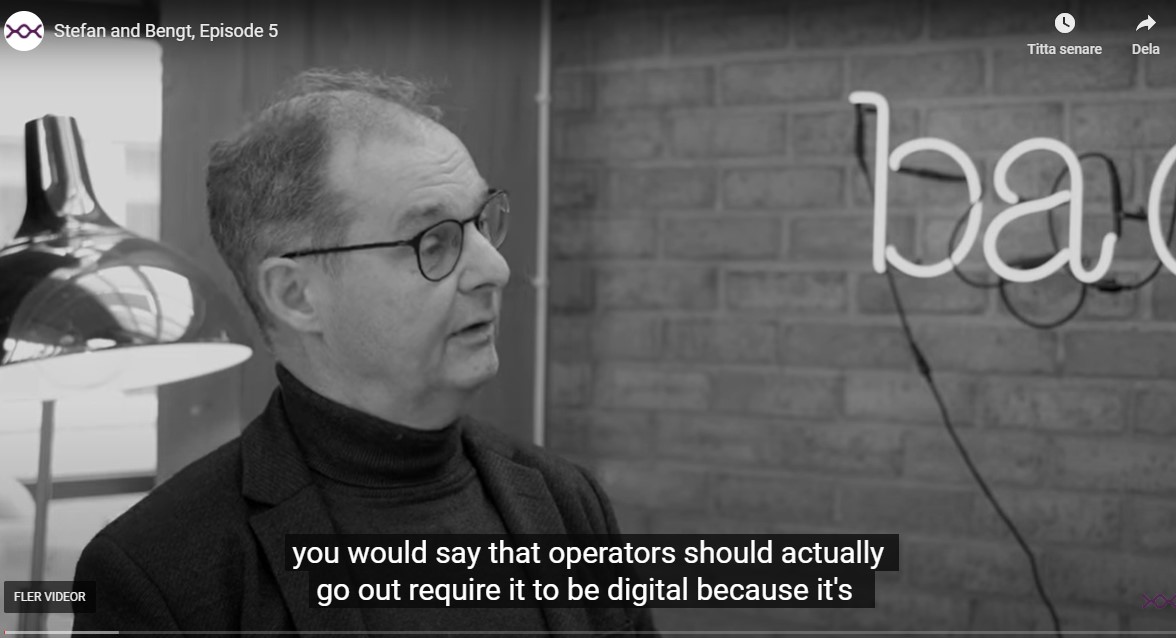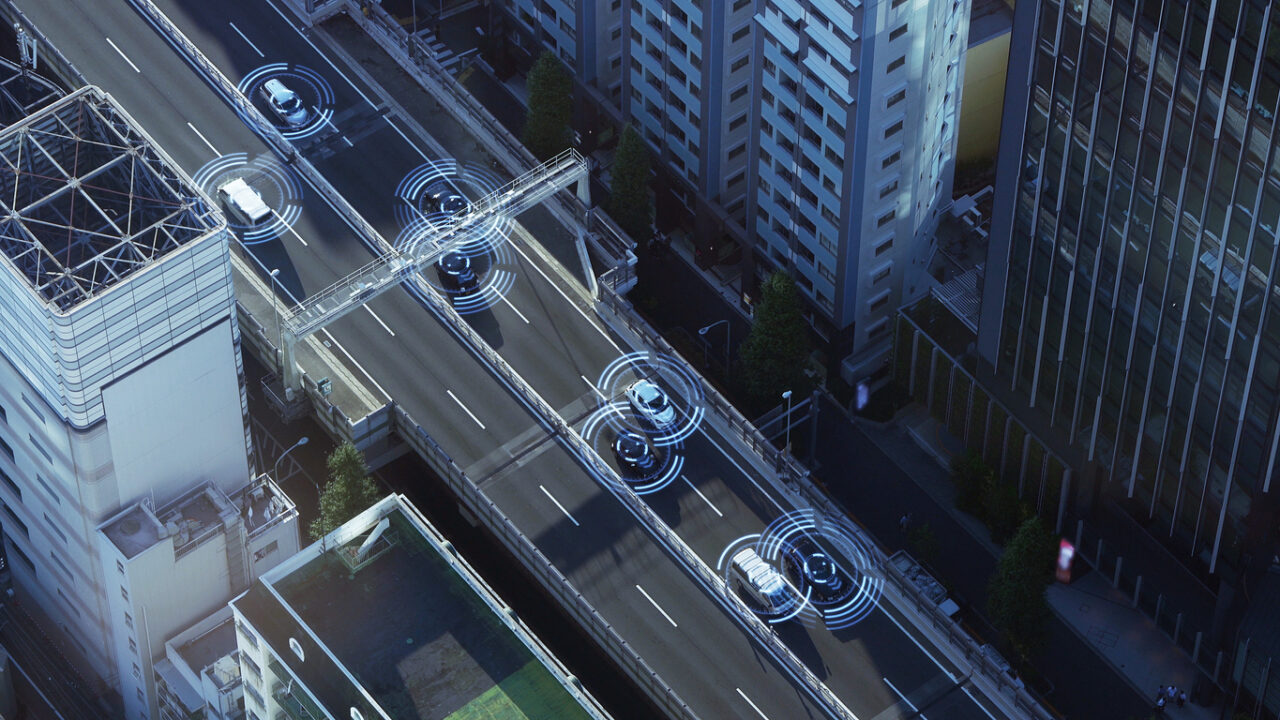Category: 3GPP
-

Episode 6, looking into the future of mmWave
What about the future? What are the new applications? And can we really use this to communicate with exoplanets?
-

Episode 5, Digital beamforming from an operator perspective
How can operators benefit from digital beamforming? What is the capacity gain and why does it work so much better?
-

Episode 2, Stefan and Bengt discuss mmWave and beamforming
What is mmWave and how do you do beamforming?
-

Radar and communication could converge for 6G
The mmWave frequency range is highly suitable for sensing and radar purposes due to the short radio wavelength enabling localization and positioning in the mm to cm range. Joint sensing and communication is being discussed, where a communication system not only communicates but also senses the environment and basically uses mmWave radar for the detection…
-

Moving around in the beam space
One of the key features of cellular communication is mobility – this allows a mobile terminal to move around between cells while maintaining an uninterrupted connection to the network. Mobility is important in mmWave communication too and particularly so if mmWave communication is to be successful in offloading traffic from increasingly loaded sub 6 GHz…
-

mmWave affect the entire 3GPP standard
5G, as well as previous generations of cellular communication, relies on standardized communication protocols for the interactions between mobile terminal and the base station. With new and evolved features, and support of higher data rates, the complexity of the standards has increased for each new generation of mobile communication. Previous generations of cellular communication standards…